New England Orange Hubbard Pumpkin
acorneti
9 years ago
Related Stories
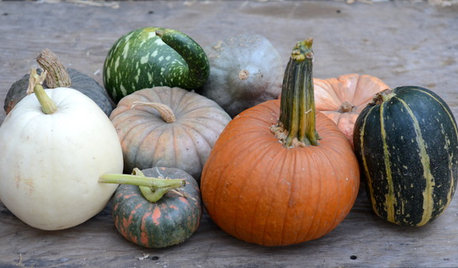
GARDENING GUIDESJoin Us for a Parade of Pumpkins
Fall eye candy: Get to know 9 winter squash varieties, including Long Island Cheese and Blue Hubbard
Full Story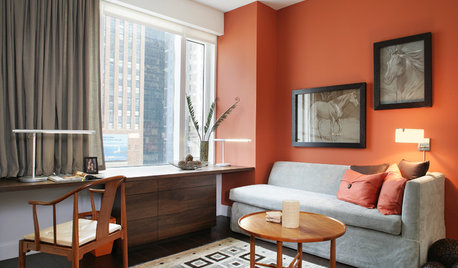
MOST POPULARFalling for Color: 9 Ways With Pumpkin Orange
From racing stripes to accent walls, see how to work this vibrant hue into your home
Full Story
EDIBLE GARDENSSummer Crops: How to Grow Pumpkins
Start in spring to grow your own fall decorations and have plenty left for pies
Full Story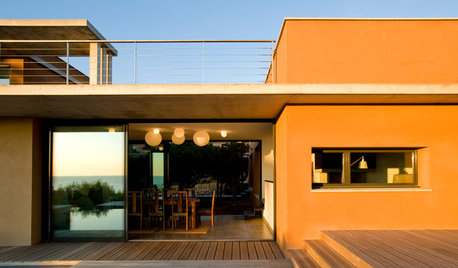
COLORExterior Color of the Week: 5 Ways to Make Orange Work for You
Whether you opt for a little or a lot, bold orange will bring drama to your home
Full Story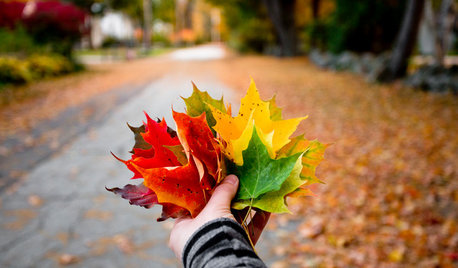
TRAVEL BY DESIGNHouzz TV: Take a Leaf-Peeping Road Trip in New England
Ride along with a Houzz contributing photographer to see gorgeous autumn eye candy from New York to New Hampshire
Full Story
GARDENING GUIDES8 Plants for a Deliciously Fragrant Fall Garden
Scent the autumn air with the perfume of caramel corn, honey and spices by adding these intoxicating plants to your landscape
Full Story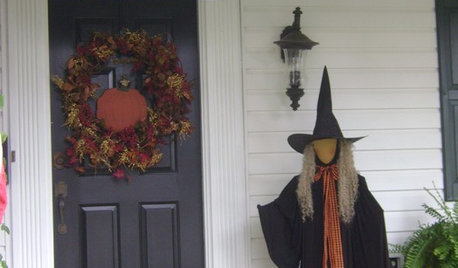
Houzz Call: Show Us Your Halloween-Themed Entryway
Fright fest or full of friendly ghosts, your decorated entryway could be featured on the Houzz homepage
Full Story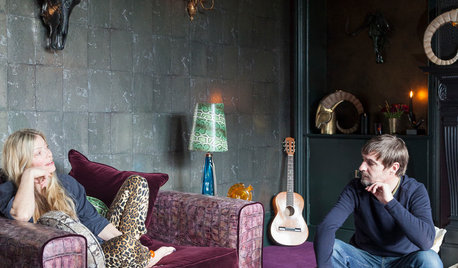
HOUZZ TOURSMy Houzz: A Creative Home Bursting With Dark Colors
Animal skulls, snakeskin wallpaper and black candles: This creative couple’s home celebrates an extravagant mix of color and texture
Full Story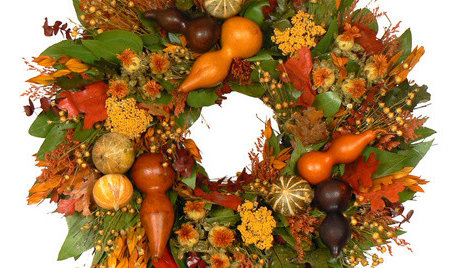
Guest Picks: Autumn Wreaths
Crown your front door with berries, foliage, pinecones and other decorative touches that convey a warm fall welcome
Full Story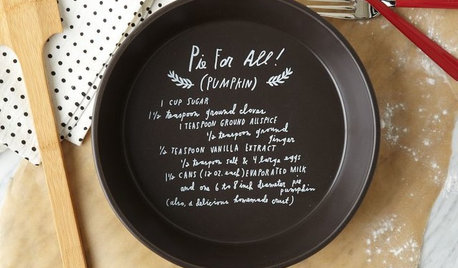
PRODUCT PICKSGuest Picks: Fall Entertaining Favorites
Make autumn feasts a piece of cake with chic compostable plates, pretty glasses, pie accessories and more
Full StorySponsored
Columbus Area's Luxury Design Build Firm | 17x Best of Houzz Winner!






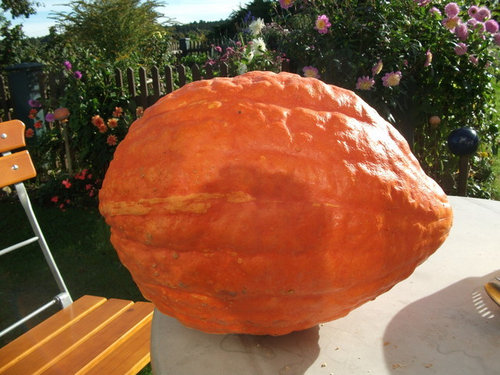
acornetiOriginal Author
BreaHouston
Related Professionals
Athens Landscape Contractors · Brandon Landscape Contractors · Davidson Landscape Contractors · Galt Landscape Contractors · Long Beach Landscape Contractors · Paramount Landscape Contractors · South Lyon Landscape Contractors · Sun Valley Landscape Contractors · Fountain Hills Outdoor Lighting & Audio Visual Systems · Bronx Roofing & Gutters · Cedar Rapids Roofing & Gutters · Columbia Roofing & Gutters · Edison Roofing & Gutters · Mooresville Roofing & Gutters · Lake Forest Roofing & GuttersacornetiOriginal Author
acornetiOriginal Author
acornetiOriginal Author
acornetiOriginal Author
BreaHouston
BreaHouston
BreaHouston
acornetiOriginal Author
BreaHouston
acornetiOriginal Author
acornetiOriginal Author
BreaHouston